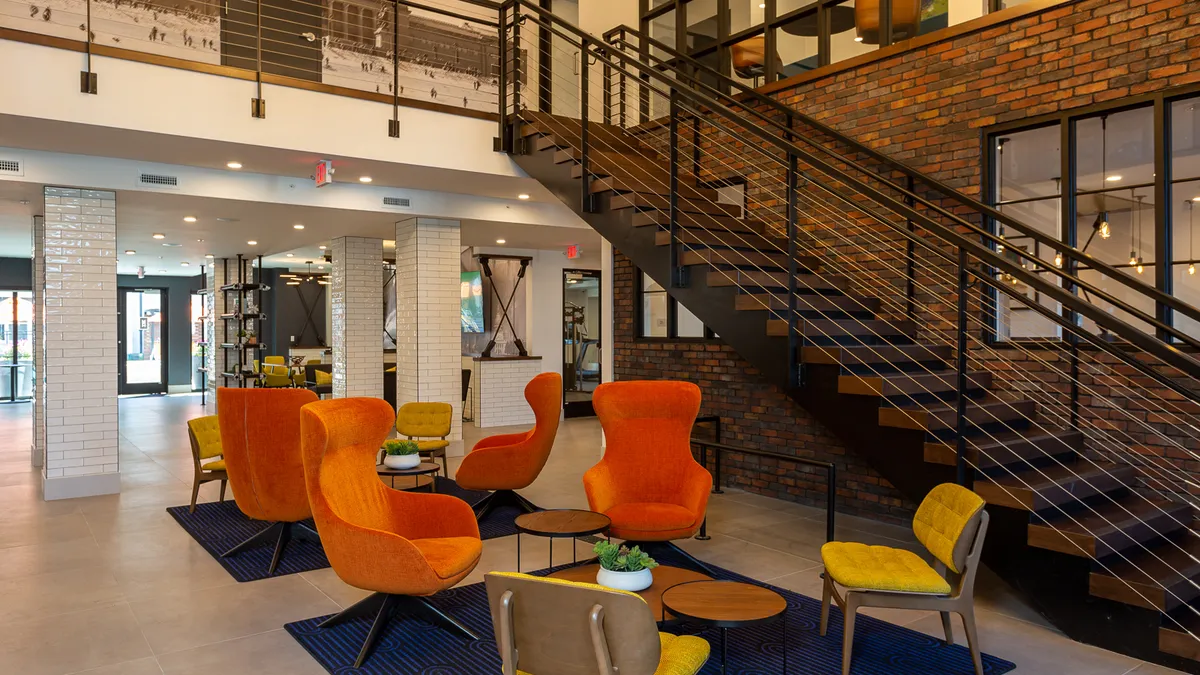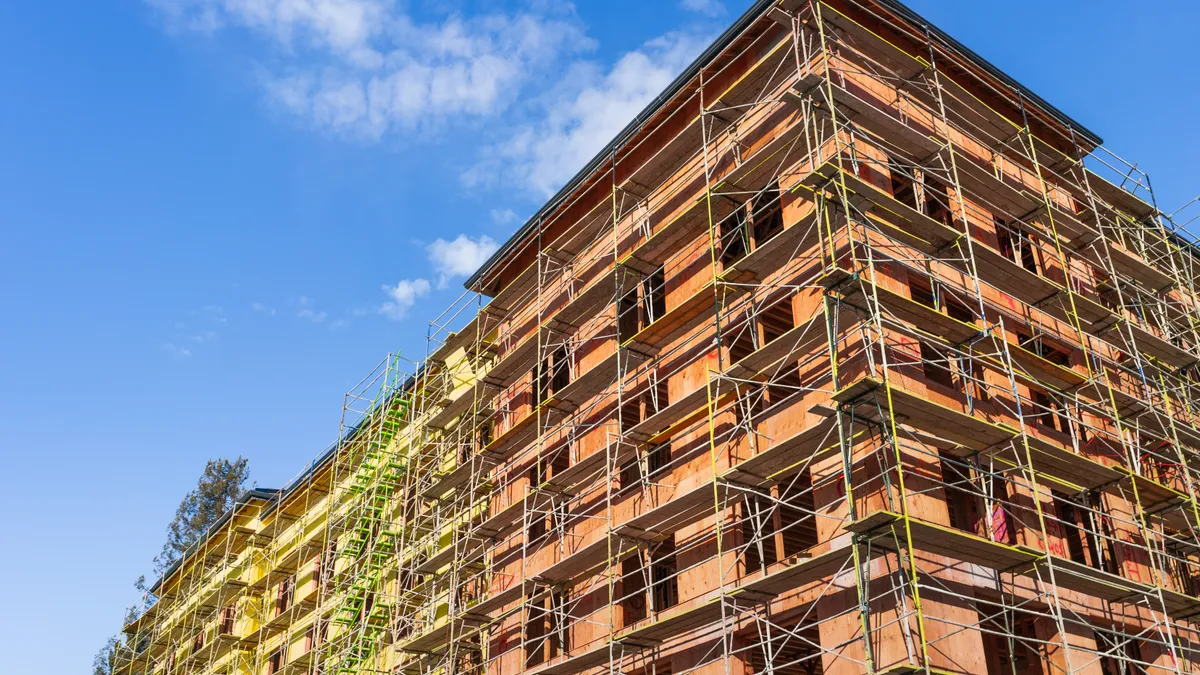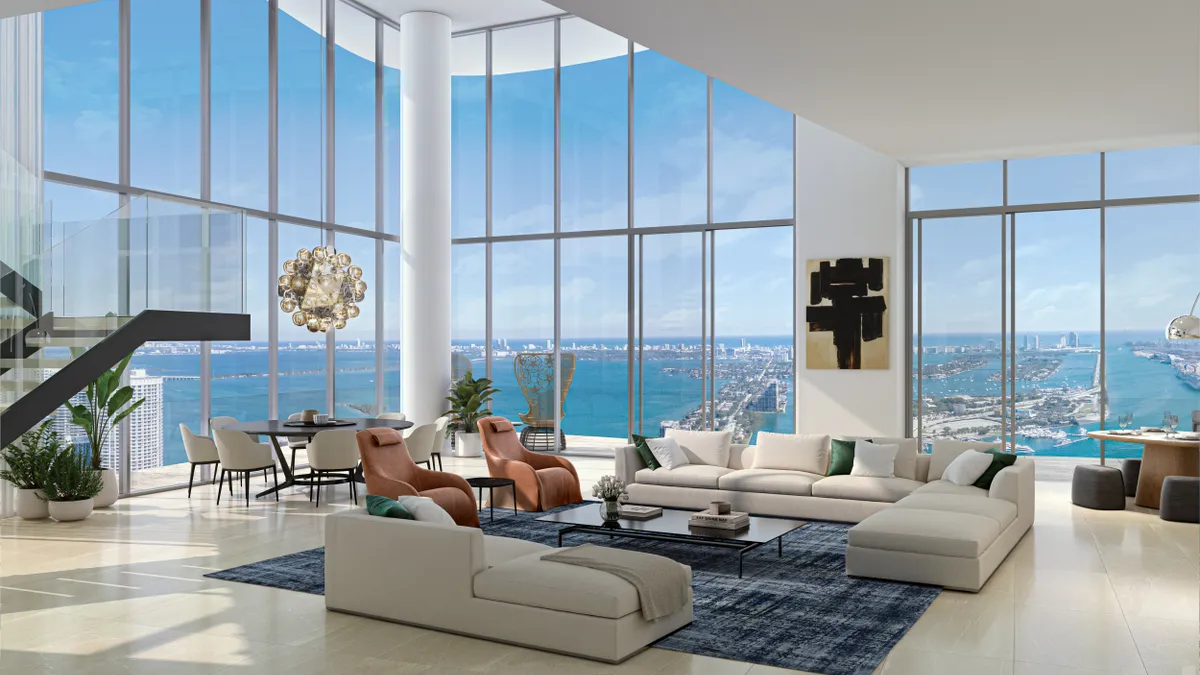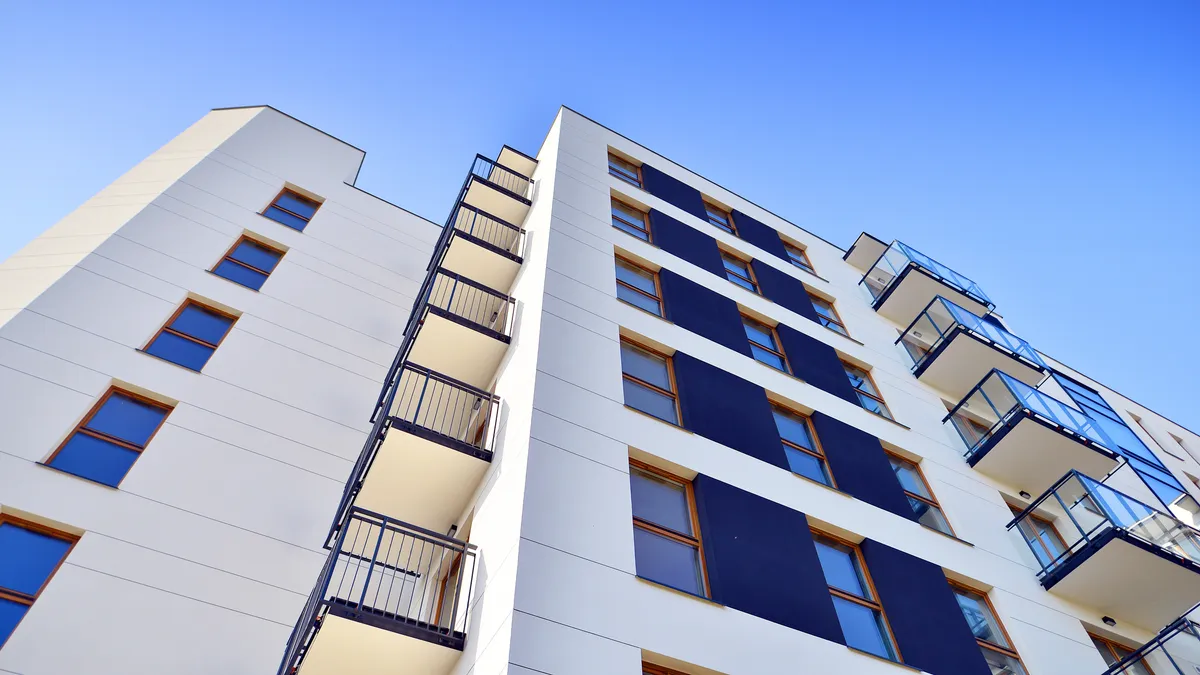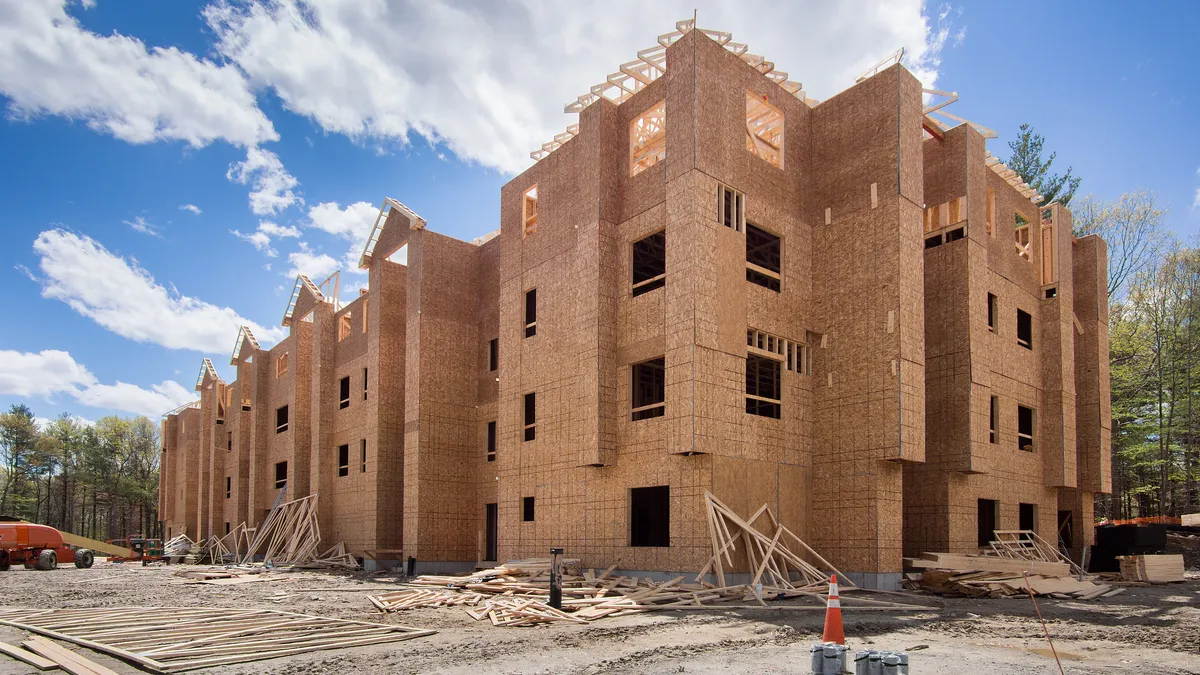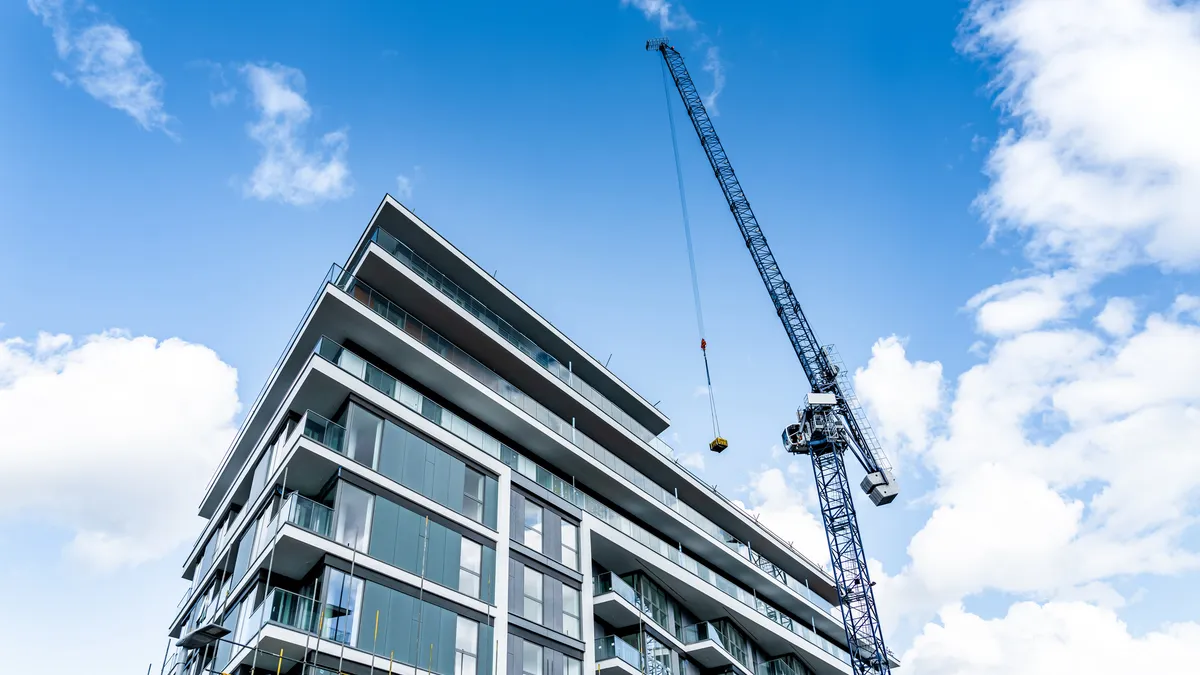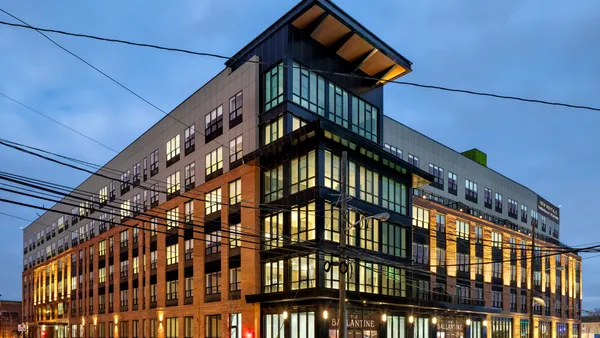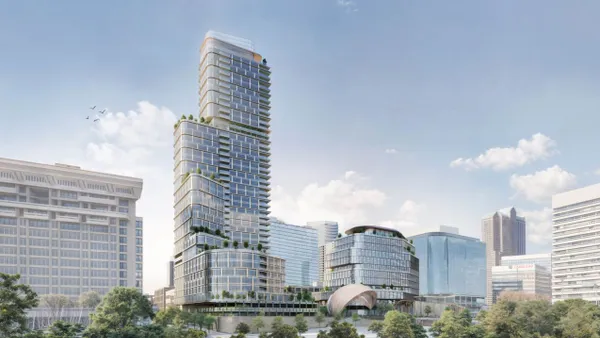As the preferences of renters change over time, so do the tools and trends that multifamily developers can implement in their new properties to catch prospects’ attention. Some, like offering food and drink on site, are new enticements, while others, such as coworking and flexible spaces, are growing and evolving into new forms.
One of the strongest influences on new property features are the interest rate hikes that began in March 2022, coupled with rising material, labor and development costs. These factors have made penciling new deals difficult, and driven developers to economize on space — by developing amenities that can be used for more than one purpose.
However, developers and designers say more difficult market conditions won’t cause them to sacrifice the special aesthetic touches that can help catch the eye of new renters.
“It’s up to us to understand what clients want to achieve with their communities, leverage our experience and communicate how each dollar invested in design and amenities is being put to the best use,” Josh Kassing, senior vice president of Chicago-based designer Mary Cook Associates, told Multifamily Dive.
Keeping this in mind, here are a few of the design trends and amenity offerings that developers will be offering this year.
Focus on food and drink
Coffee is “the ultimate social lubricant,” according to Mary Cook, president and founder of Mary Cook Associates — and to that end, many designers have added beverages to their amenity offerings as a means to attract residents.
Coffee or bar service at a property can come in many forms. Developments with retail space could lease to a coffee shop or bar as a tenant, or, they can offer the coffee or alcohol themselves on-site.

“We create spaces that function very well for remote working during the day, and there might be a coffee station nearby,” Cook told Multifamily Dive. “And then easily, after hours, say from five o'clock on, the spaces transition very easily to gaming or community gathering or a wine bar or some kind of a special event.”
For one of three coffee bars at Notion, a 290-unit property in Decatur, Georgia, Cook applied this idea to the property’s mailroom. The mailboxes wrap around one side of the room, while the other features coffee-house style high-top tables, complete with an espresso station and cold brew on tap.
Experiences and activities
As Gen Z has entered the rental market, developers noted a shift toward experiences and a sense of community as an appeal of apartment living. A growing draw in amenity spaces are features that inspire residents to gather and converse with one another.
Starting during the pandemic, Chicago-based RMK Management Corp. converted many properties’ theater rooms into more social, game room-type settings. “With nostalgic favorites like air hockey and foosball, there is the draw of unplugging from technology and enjoying time with friends and family,” said Diana Pittro, executive vice president of RMK Management Corp., in a press release shared with Multifamily Dive.
While outdoor space has always been popular, providers are looking for new ways to use these areas to enable resident experiences. Rooftop decks have been in favor for a long time, but one new strategy is to combine the outdoors with the most active space in the property — the fitness center.
“Fitness rooms are in demand, but it’s important that they have the ability to extend into an outdoor space,” Jennifer Bien, director of interior design at Pleasanton, California-based Dahlin Architecture, told Multifamily Dive.
On-site rentals
Renters also want the ability to access to certain items and objects that might either be impractical to keep in their unit or that they might want to use once and not own. Rental services for things like sports equipment, musical instruments and especially cars and bikes have proliferated in new communities as of late, and will likely continue to do so.
At Waterford Bay, located on the Mississippi River in St. Paul, Minnesota, Minneapolis-based designer BKV Group incorporated a storage space for property-provided kayaks, which residents can rent. Mary Cook Associates has “gear lockers” at the developments it works on, through which the property can provide bikes, pool toys and beach gear for rent, among other offerings.
The rise of flexibility
Last year, shared space for working from home was a leading trend in new multifamily design — and over the last year dedicated coworking amenities have become a standard in new apartment construction.
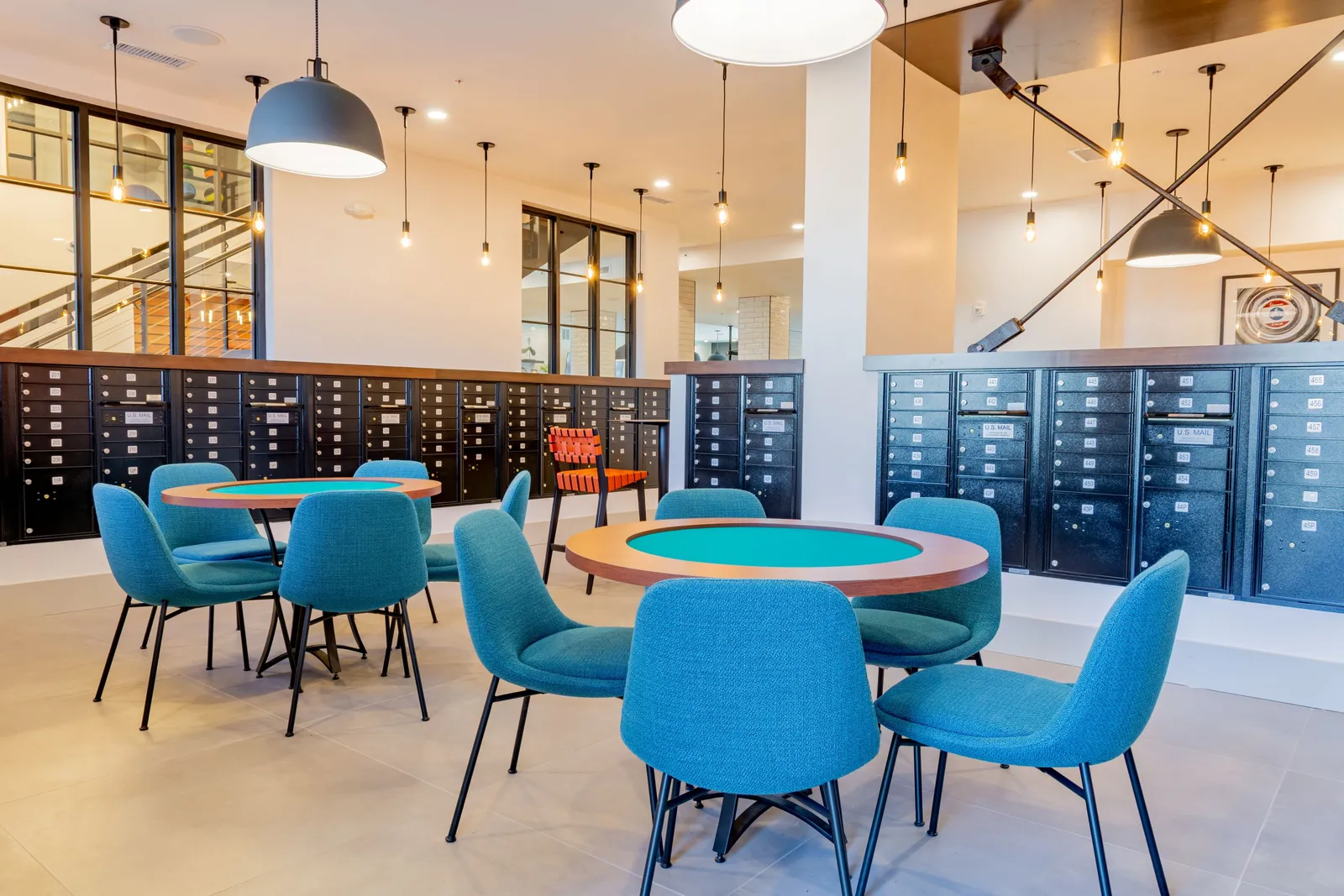
An important consideration for developers is whether other amenity spaces can find additional uses for coworking. Depending on the design of the building, outfitting a dining room, lounge or even a lobby for work can extend or replace a dedicated area, reducing the square footage necessary for the site’s amenities. “Flexible spaces that accommodate a variety of functions, including remote work, have already become the new standard across multifamily,” said Cook.
However, working from home isn’t the only consideration that’s driving the need for flexibility. Developers and designers are more conscious than ever of the perils of wasted space — particularly an amenity that no one uses, taking up square footage that cannot be used for anything else.
“Overbuilding amenity spaces and unit features results in increased costs and likewise increased rents, while offering too little comes at the expense of the building’s competitiveness,” Frank Zhou, vice president at Dallas-based developer High Street Residential, told Multifamily Dive.
In order to help amenity spaces feel like an extension of the home, Zhou recommends making them as flexible and multipurpose as possible. One example of this concept is a fitness lawn, or an outdoor space where users can exercise. It can serve as an outdoor extension of the fitness center, but may also be used as a general gathering space.
Lobbies take center stage
Lobbies have become a nexus for work-from-home nooks, and designers have taken some creative approaches in their execution. Often these cavernous spaces are subdivided into smaller areas, sized for one or a small group.
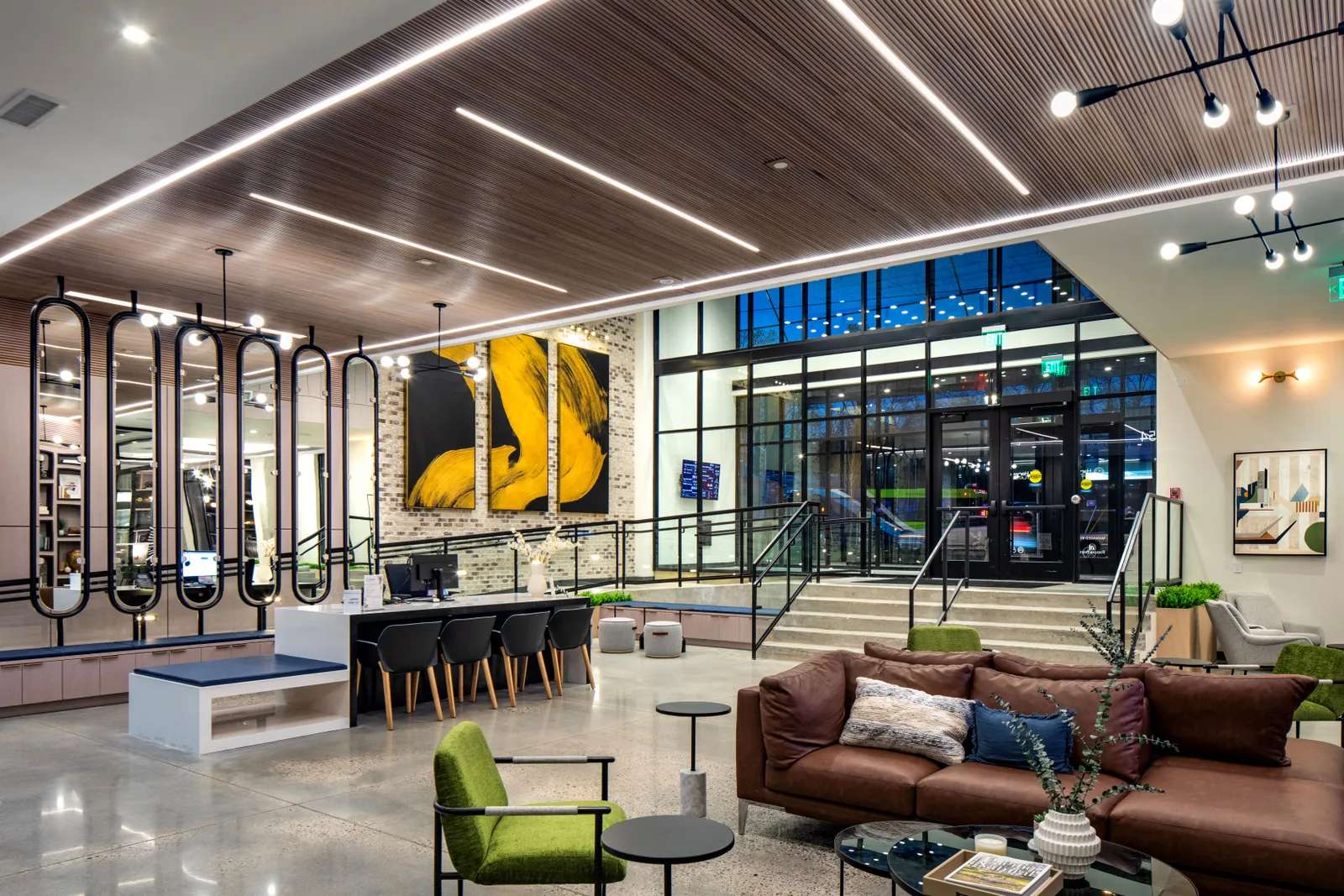
“Lobbies in multifamily communities are no longer reserved for residents passing through or momentarily pausing as they wait for their Uber to arrive,” said Cook. “Today’s lobbies and lobby-adjacent front-of-house spaces have evolved to become dynamic multifunctional amenities that not only create impactful impressions, but also enhance the lifestyle of today’s residents as practical options for remote work as well as socialization.”
Cook noted that these spaces often aren’t set up for private work needs. For this reason, a number of developers are equipping lobbies for working from home while also offering dedicated coworking space elsewhere in the building.
“Remote work tasks such as checking in, returning emails and texting can be done well from almost anywhere,” said Cook. “For today’s always-connected residents, multifunctional lobbies won’t entirely replace the need for remote meeting spaces that are acoustically isolated and equipped with group video conferencing and presentation capabilities.”
This article has been edited to clarify that BKV Group is based in Minneapolis.



